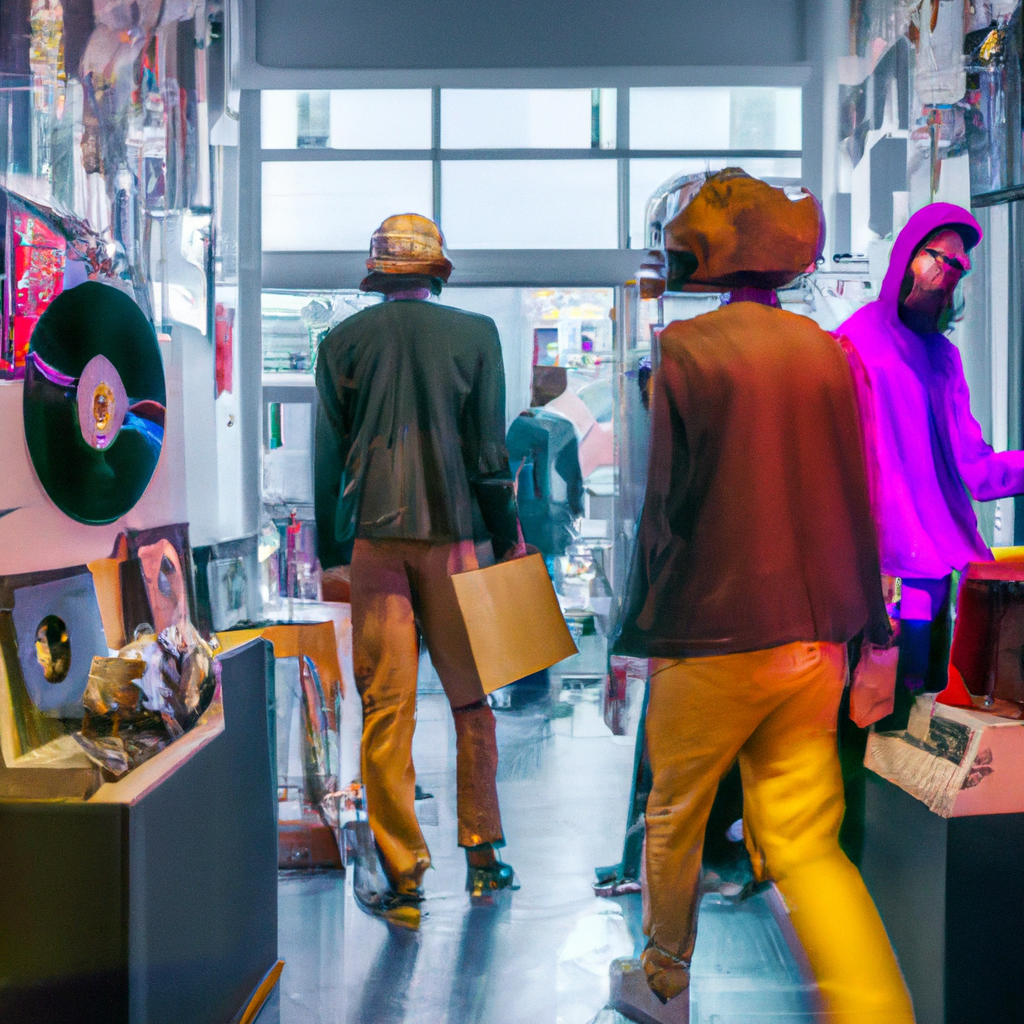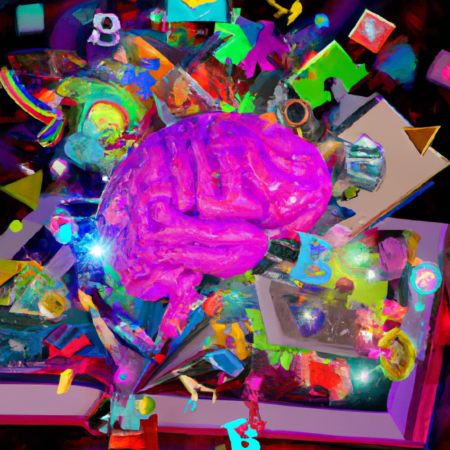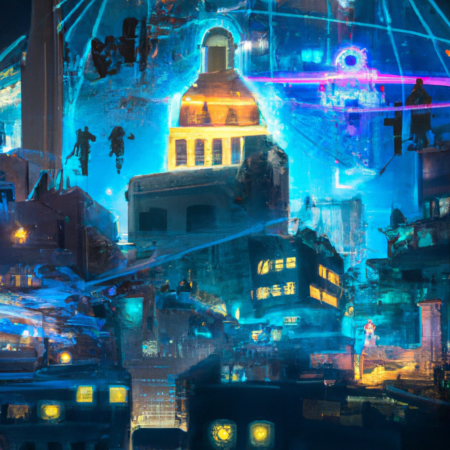Decoding Digital Nostalgia: How Retro Trends Reshape Modern Culture
As we move deeper into the 21st century, the allure of the past continues to grow, influencing various facets of modern culture. This phenomenon, known as digital nostalgia, has seen a significant resurgence, particularly as we enter the second quarter of 2025. This post explores how elements from the 80s and 90s are making a remarkable comeback, and what that means for contemporary lifestyle, media, and fashion.
The Rise of Retro Gaming
One of the most vivid examples of digital nostalgia is the resurgence of retro gaming. Classic games from platforms like the NES and Sega Genesis are not only being replayed on original consoles by enthusiasts but are also being remastered for current platforms. This trend is not just about gaming; it’s a cultural revival that connects generations and brings the simplicity and charm of early gaming graphics back into the spotlight.
Fashion Reboots
Fashion trends are cyclic, and the 2025 fashion scene is heavily inspired by the bold colors, patterns, and styles of the late 20th century. Brands are reintroducing vintage designs with modern twists, appealing to both nostalgic older consumers and trendy young shoppers. This blend of old and new emphasizes sustainability and creativity, making vintage-modern hybrids a staple in wardrobes across the globe.
Media and Entertainment
Television and film are also experiencing this nostalgic wave. Networks and streaming platforms are producing remakes and sequels of popular 80s and 90s series and movies, often with original casts or modern-day stars. This revival extends to music, with vinyl records making a surprising comeback, allowing a new generation to experience music as it was originally intended.
Technology and Social Media
The influence of retro trends is evident in technology and social media, with apps and interfaces incorporating elements of past designs to evoke a sense of nostalgia while delivering modern functionality. This retro-modern approach is seen in the popularity of pixel art and vintage filters, which bridge the gap between past aesthetics and current tech capabilities.
Conclusion
As we continue to navigate the complexities of the modern world, the comforting embrace of the past offers a unique way to connect with our cultural heritage. Digital nostalgia is not just about reliving the past; it’s about redefining it in a way that resonates with contemporary society. The ongoing resurgence of retro trends is a testament to the timeless appeal of these cultural artifacts, proving that what is old can always be new again.






